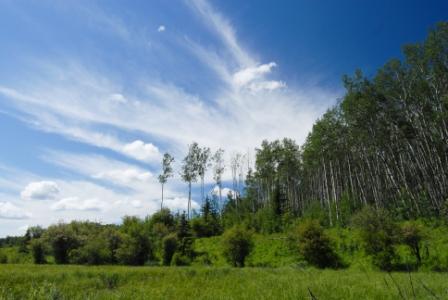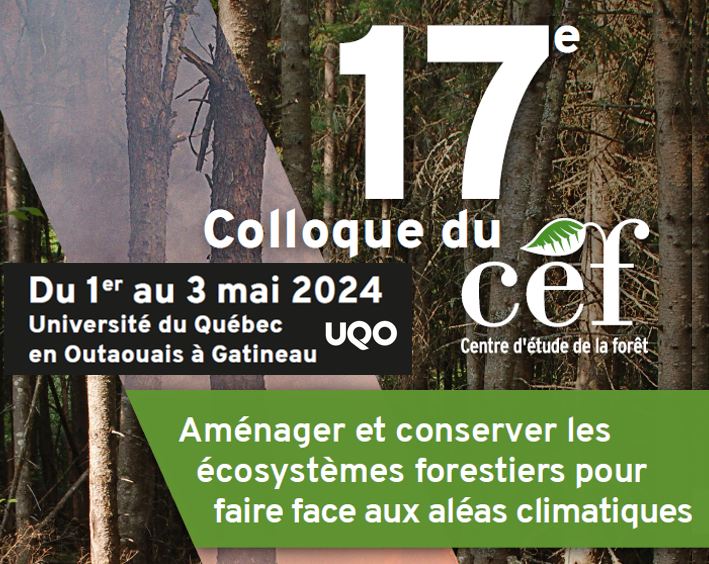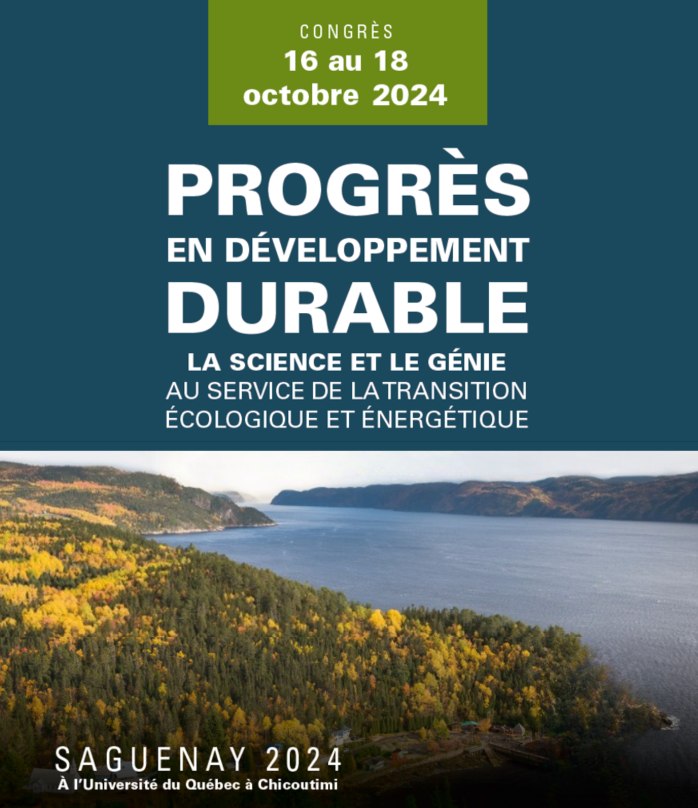
Conservation of Insect Biodiversity
Much of our work takes place in Canada’s boreal forests, where we are actively testing the ecological value of alternative approaches to forest management. Currently we are testing the validity of the natural disturbance approach to ecosystem management. Some of the research questions we are pursing include: How well does partial retention harvesting maintain insect biodiversity? And how do saproxylic insect communities change in managed forests? Much of this work has taken place in Western Alberta at the EMEND ![]() (Ecosystem Management Emulating Natural Disturbance) project and in Western Québec at the SAFE
(Ecosystem Management Emulating Natural Disturbance) project and in Western Québec at the SAFE ![]() (Sylviculture et Aménagement Forestier Ecosystémiques) where we use insect communities as ecological indicators of the effects of prescribed wildfire and partial cutting. Our lab is associated with the CEF
(Sylviculture et Aménagement Forestier Ecosystémiques) where we use insect communities as ecological indicators of the effects of prescribed wildfire and partial cutting. Our lab is associated with the CEF ![]() (Groupe de Recherche en Ecologie Forestière) and the NSERC/UQAT/UQAM Industrial Chair in Sustainable Forest Management (Chaire AFD
(Groupe de Recherche en Ecologie Forestière) and the NSERC/UQAT/UQAM Industrial Chair in Sustainable Forest Management (Chaire AFD ![]() ).
).

EMEND Landscape
Community Ecology
We also use our work in forests to explore other aspects of community ecology including generalist food web dynamics, the links between ecosystem function and biodiversity, rarity and other areas of macroecology. In these areas, we have concentrated our research on generalist predators and fungivores associated with leaf litter and coarse woody debris. I work primarily with beetles, particularly within the family Staphylinidae (rove beetles). Staphylinids are ecologically and taxonomically rich…and just plain fascinating! While many of these species are poorly known, there is little doubt they are key ecological factors in decomposer food webs.

Duparquet Lake
Invasion Ecology
We also think there are strong links between biodiversity research and invasion ecology. Much of our interest in this area is focused on pathways of global trade as vectors for invasive insects. Through this work we are developing approaches to predict how many species actually arrive as a result of increased globalization and what kinds of characteristics facilitate successful invasions. This work is done in collaboration with the USDA Animal Plant Health Inspection Service (APHIS) at the National Center for Ecological Analysis and Synthesis (NCEAS).











